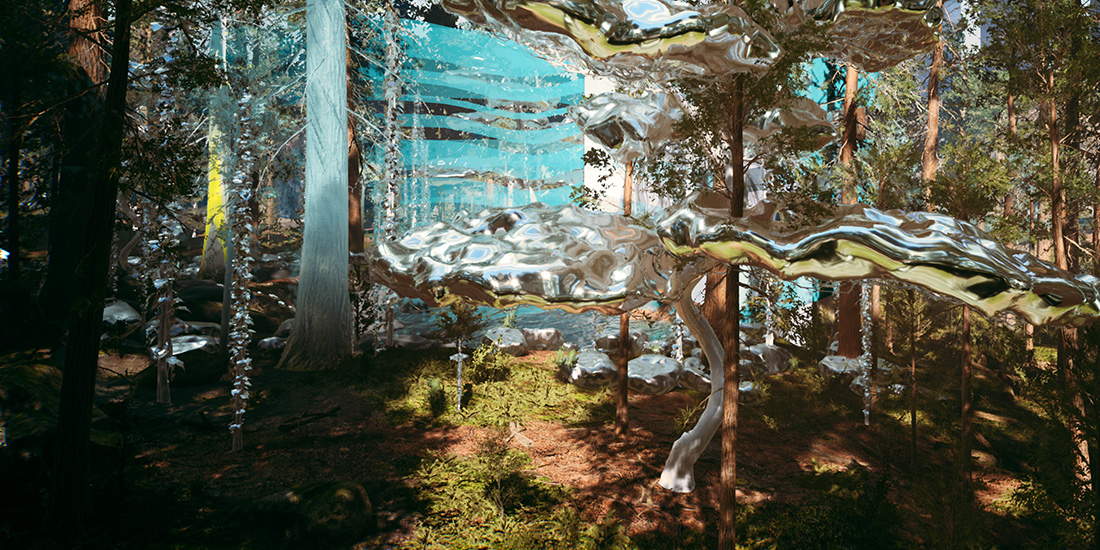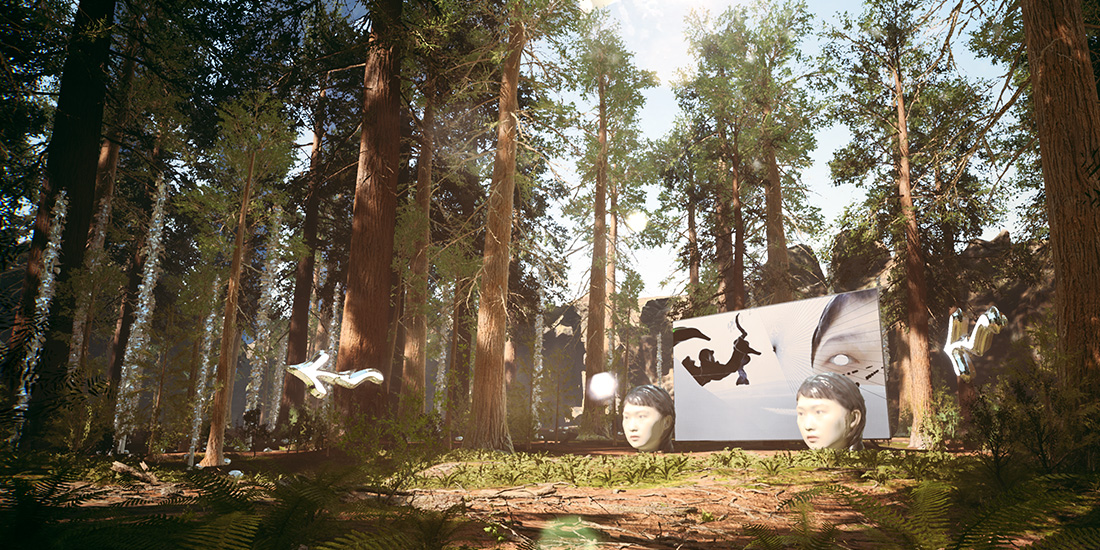
ZECHE
Examing new perspectives on artistic forms of expression in digital space.
Project
ZECHE examines new perspectives on artistic forms of expression in digital space. The platform is a museum, as well as an art-in-art experience, functioning as an artwork itself whilst exhibiting creative positions that show various innovative artistic and virtual works of art. As a principle of representation, ZECHE is accessible to all visitors.
Therefor, ZECHE does not only take its name and inspiration from the from the UNESCO world heritage site Zollverein in Essen, but also uses the name for digital interpretation: The term “Zeche” (Middle High German: order, row) originally referred to the merge of several people. It is used synonymously with “mine”, especially for the coal mines in the Ruhr area, where the Zollverein in Essen is located.
ZECHE is also an artistic transformation of landscape, a spatial and virtual extension. With it, Studio Christian Mio Loclair has created a space that wants to convey a real experience.
Building up on the concept of encounter and mergence, the artwork examines what makes it possible to convey an experience in the contemporary world of today and moreover turns to the question of what effect the encounter with an artwork can achieve in the digital world. To what extent can a digital experience come close to the experience in a real space? What does it mean to be present?
The artwork was built out of the need to create deeper experiences in digital spaces. Hence its enormous size: ZECHE functions as a separate “world” in order to be able to regain a feeling for real distance in space and to recover from the loss of time. It takes time to reach a certain exhibition space and a distance has to be covered. At the same time, it takes a moment to bypass a work and be able to experience it fully, though on the screen. This spatial understanding of space and time often remains an unsolvable problem in digital space, even if it is often said that many things are possible in the digital world that are impossible in the real world. Nevertheless, the basic components of space and time are decisive for the most realistic art experience possible.
ZECHE was created as a platform that can look fundamentally different from the real world, as long as the two parameters of time and space remain. The jungle that was created for the artwork paints a distinct dystopian or possibly utopian landscape that can be recognized as an abstract, maybe men-free world where nature seems to have taken over. The future of the digital space must be one that is ever changing, one that harbors the physical world as well as the digital.


